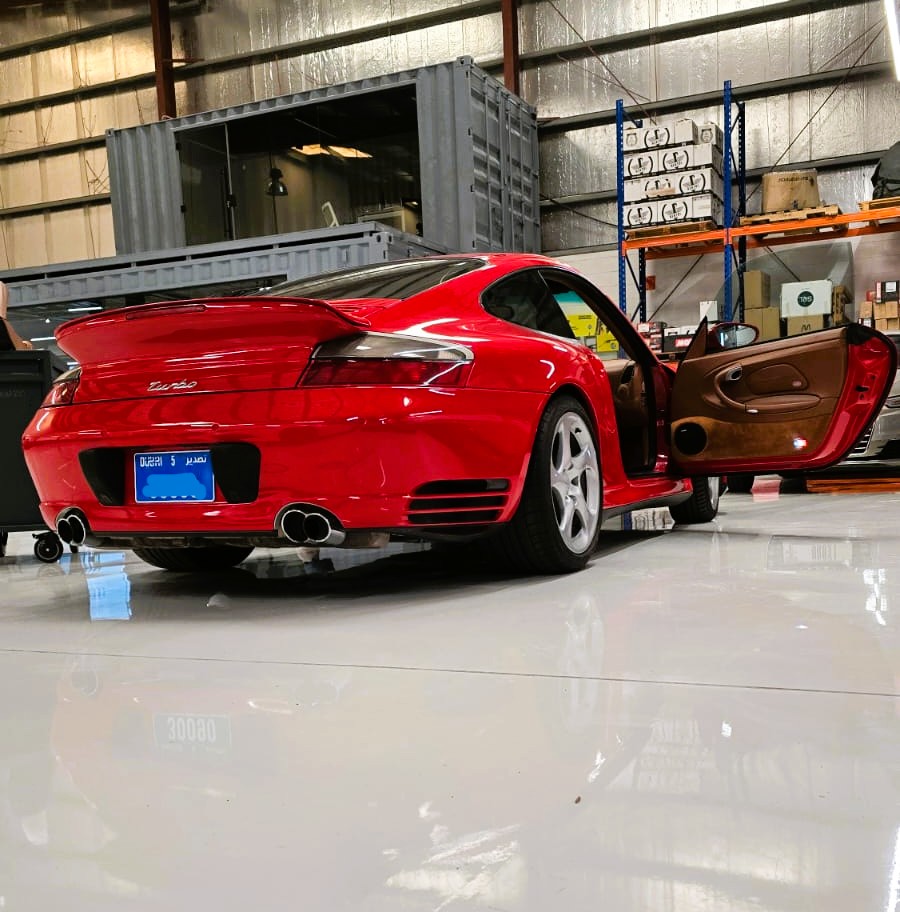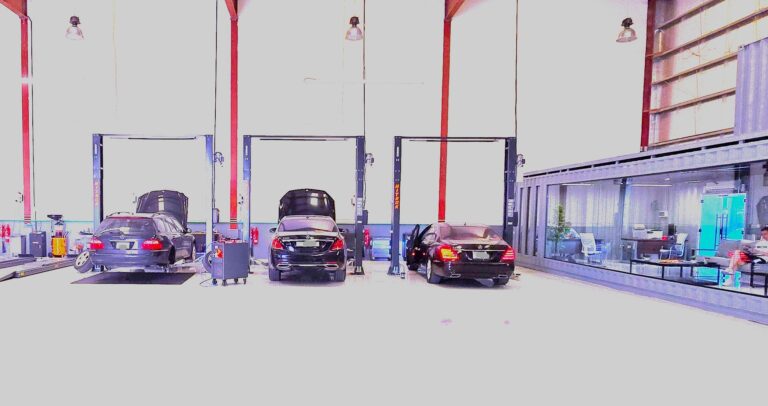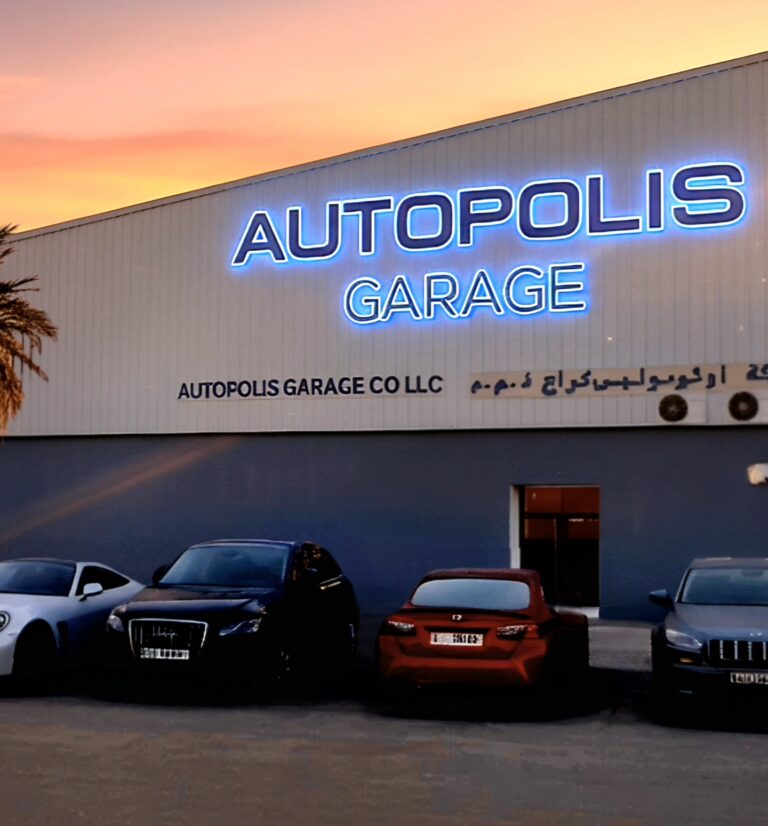At a full-service car garage, a “45-minute oil service and full inspection” is a designed process standard, not just a random number. Here’s why it tends to take that long and why it’s good for your car:

Oil Change Service Steps
Even though changing oil sounds simple, a proper service has multiple steps:
• Bring vehicle into bay, lift secure safely.
• Drain old oil completely (takes several minutes on its own).
First oil filter then oil change replacement
• Replace oil filter (sometimes awkward to access).
• Refit drain plug, torque to spec, refill oil.
• Run engine, circulate oil, check level again, top up
• Dispose of old oil and filter properly.
Even done efficiently, this sequence typically consumes 15–20 minutes.
Inspection Component
A “full vehicle inspection” usually means a checklist (like 50–100 points):
• Brakes (discs, pads, shoes, min brake discs, thickness measurement etc)
• Suspension ARMS -Ball joints, bushes, shocks, stabilizer links, Bars
• Tire tread depth uneven wear pressure
• Lights, wipers, battery health.
• Fluid levels, hoses, belts, leaks.
• Computer Scan (mandatory)
• Engine and transmission condition
Toroughly but efficiently, this adds 15–20 minutes. Rushing risks missing safety issues.
Non-technical Time
There are also “fixed” overhead steps:
• Road-test
• Drive in/out, parking, moving car.
• Service advisor walk-around, paperwork, system logging.
• Technician handover & documentation of inspection results.
• Waiting for oil to drain (can’t shortcut much without leaving old oil inside).
Easily 10-15 minutes, even in a well-organized shop.
Why It’s Hard to Shorten
• Drain time is physical: Hot oil still takes minutes to flow out fully.
• Inspection requires eyes & hands: You can’t reliably compress a 40-point check into 5 minutes.
• Accuracy & liability: Skipping torque checks, fluid top-offs, or inspection points introduces safety and warranty risks.
• Workflow efficiency already optimized: Many modern garages operate like pit crews, but the bottlenecks are physical processes, not technician speed.
Could a skilled technician complete an oil swap in 10 minutes? Yes, it is possible. However, once you add inspection + documentation + safe procedures, ~ 45 minutes is about as lean as it can get without cutting corners.
Why full-service garages like Autopolis usually won’t push a 45-minute oil service + full inspection down to 30 — and why that’s a deliberate choice.
A 45-minute promise for “oil change + full (multi-point) inspection” is one of those service standards that looks simple on paper but balances a lot of competing needs: technical, safety, legal, customer-experience, and commercial.
Below I explain the practical reasons shops keep that time window, why shaving it much further is rarely worth it, and what trade-offs would be required if a garage did try to do so.
It’s not just “drain & refill” — a proper job has steps you can’t skip
A modern, correct oil service usually includes: vehicle check-in and vehicle positioning, safe lift or jack use, draining old oil until flow and temperature are right, removing/replacing the filter, torqueing drain plug/filter to spec, refilling with the correct oil and quantity, running the engine to circulate and re-checking level, and responsible disposal of used oil and filter. Even in a well-run bay those physical steps reliably take time — the drain + refill + verification portion alone commonly runs 15–25 minutes for many cars. Quick-lube operations can do straight oil + filter swaps faster, but those services intentionally omit many of the inspection and documentation steps that full-service shops include.
“Full inspection” is a checklist, not a glance — manufacturers expect it
Most dealers and franchised workshops deliver a manufacturer-driven multi-point inspection (MPIs) or safety inspection during service. MPIs are structured checklists — fluids, belts/hoses, brakes, suspension linkages, lights, battery, tires, etc. — and OEM programs (Toyota, Honda, Bosch-affiliated networks, etc.) explicitly market an MPI as part of routine service because manufacturers want consistent preventive checks and warranty traceability. A thorough MPI takes hands-on time; OEMs and major service networks purposefully treat it as a substantive attachment to the oil service rather than a cursory step.
There are fixed overheads that don’t scale down with skill
Beyond the “wrench time” there’s a set of unavoidable overheads: customer check-in and advisor walk-around, data entry and service logging (required for warranties and for the shop’s KPIs), putting paperwork/results into the customer portal or printing the MPI, getting the vehicle on/off the lift safely, and short wait time while oil drains. Those tasks typically add 5–15 minutes even in an optimized shop workflow. If you eliminate those, you also eliminate traceability and the chance to communicate safety issues to the customer.
Liability and quality control matter — rushing creates risk
The legal and safety exposure from missing a worn brake pad, an insecure drain plug, or a cracked hose is non-trivial. Shops have to balance throughput against risk: a faster process that misses a safety defect can cause a crash, warranty claim, or reputational damage. Many service managers build a little buffer into advertised times so techs can double-check fasteners, read live faults, or verify an odd test result — time that looks “wasted” on the schedule but prevents much larger problems later. This is reflected in how labour-time guides and dealer processes use conservative, reproducible book times rather than theoretical minimums.
Economics and customer psychology: the 45-minute sweet spot
From a business standpoint, 45 minutes hits several goals at once: it’s noticeably faster than the multi-hour dealership visit many customers dread, yet long enough to demonstrate value through a multi-point inspection and advisor conversation. It also gives the shop a chance to present suggested repairs (an upsell that is a major revenue driver) without the customer feeling rushed. Strategy papers on aftermarket and service emphasize that service experiences are a revenue channel for OEMs and dealers — speed is important, but so is perceived thoroughness. Many shops therefore intentionally avoid the “fast but superficial” positioning in favour of a balanced promise.
Why shaving the time further is possible but costly — and usually unwise
If a service centre truly wants to compress the service time, here are the typical levers — and the costs:
• Split the work across multiple techs (assembly-line model). This cuts elapsed time but raises staffing costs and scheduling complexity; it also can make smaller shops infeasible. (Quick-lube chains use this model.)
• Accept reduced inspection scope. Skip non-critical checks or do them less thoroughly; faster but increases missed defects and liability.
• Use technology: vacuum oil extractors, remote inspection cameras, digital forms. These can trim minutes but require capital investment and training — and still don’t eliminate drain time or verification.
• Rely on book times and “flat-rate” pricing to squeeze labor. That pressures technicians to chase throughput rather than quality; it’s common in some segments but can increase comebacks and technician churn.
• In short: speed can be bought, but not for free. The tradeoffs are staffing cost, inspection quality, safety/liability exposure, or customer trust.
What customers can expect (and what to ask)
If you want a faster visit without sacrificing safety:
• Ask whether the service is an express oil change (oil + filter only) or a full oil + OEM multi-point inspection. Express = faster; full = slower but more thorough
• Ask what the MPI covers and whether it’s included in the quoted time. OEM service pages and dealer express programs often list the exact MPI items.
Bottom line
Full- Service Garages like Autopolis Garage choose the 45-minute window because it’s a pragmatic compromise: fast enough to be convenient, long enough to do a proper oil service plus a manufacturer-style multi-point inspection, and conservative enough to manage safety, paperwork, and business needs. You can make an oil change happen faster, and quick-lube chains do it routinely — but if your goal is a reliable inspection, proper verification, and documented results, 45 minutes is often the realistic minimum without taking on extra cost or risk.
Key Takeaways
- oil service as a procedure is underrated by many consumers
- oil service must combine multi point isnspection of a car
- Autopolis Garage standard is a 45 minute oil service
- Oil Change service variables






